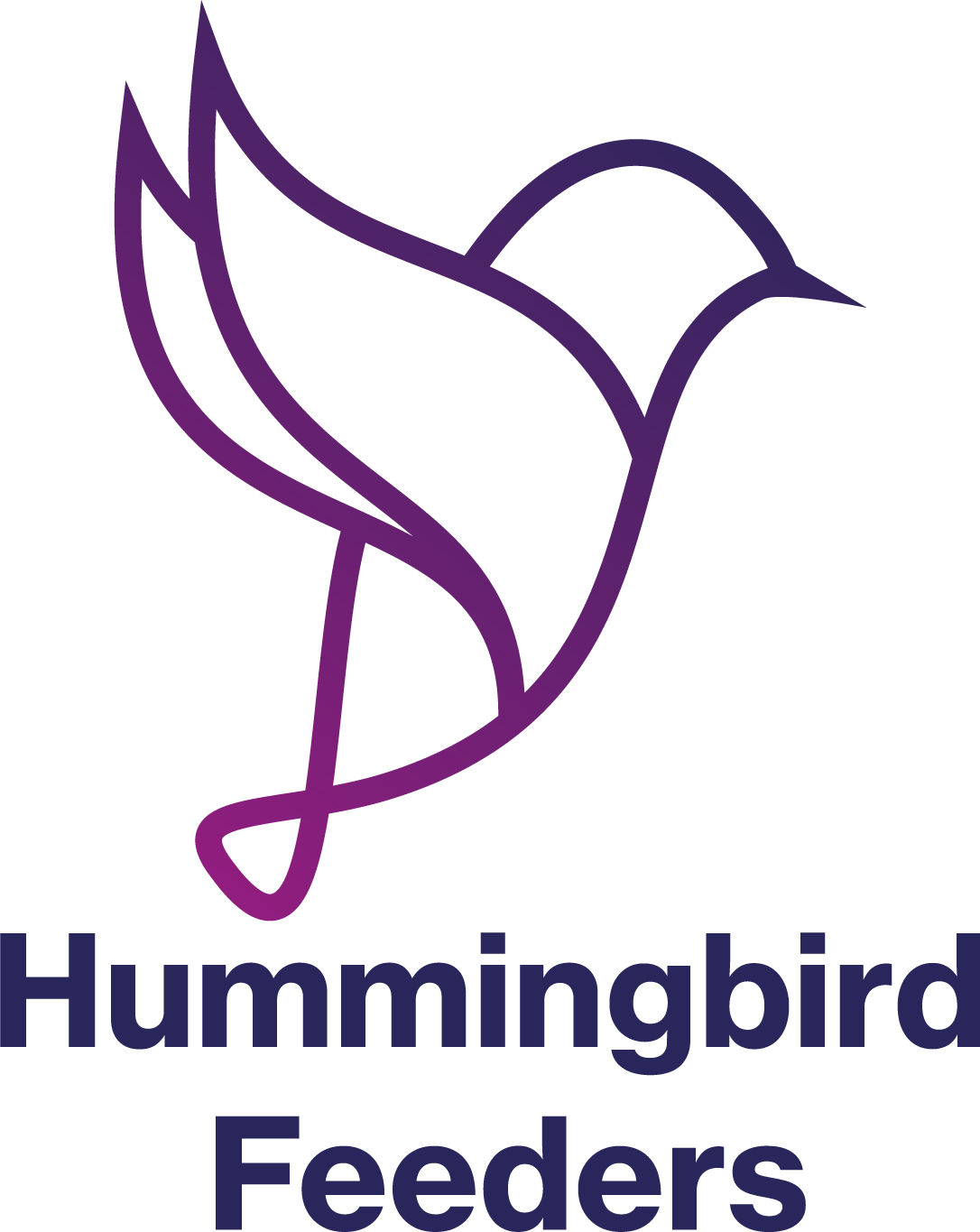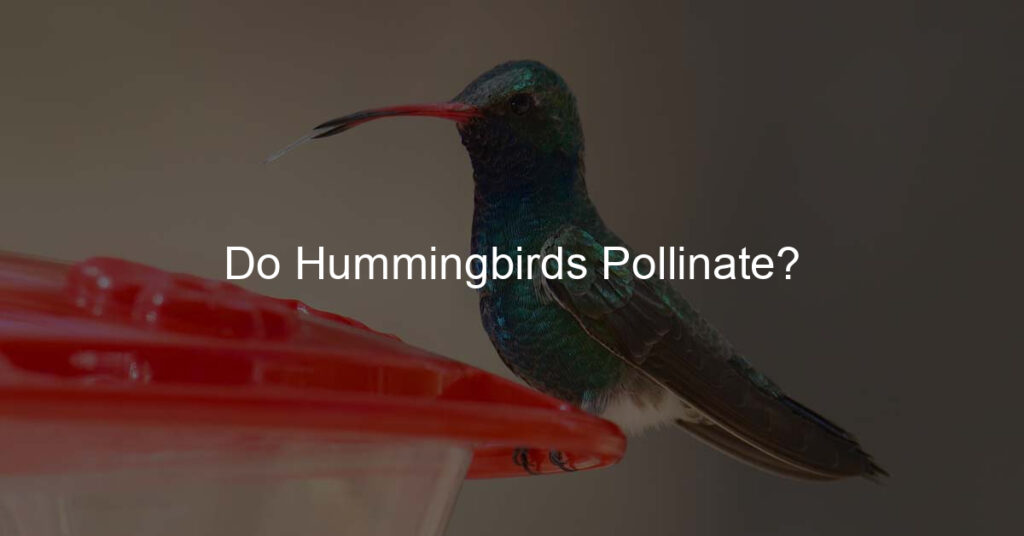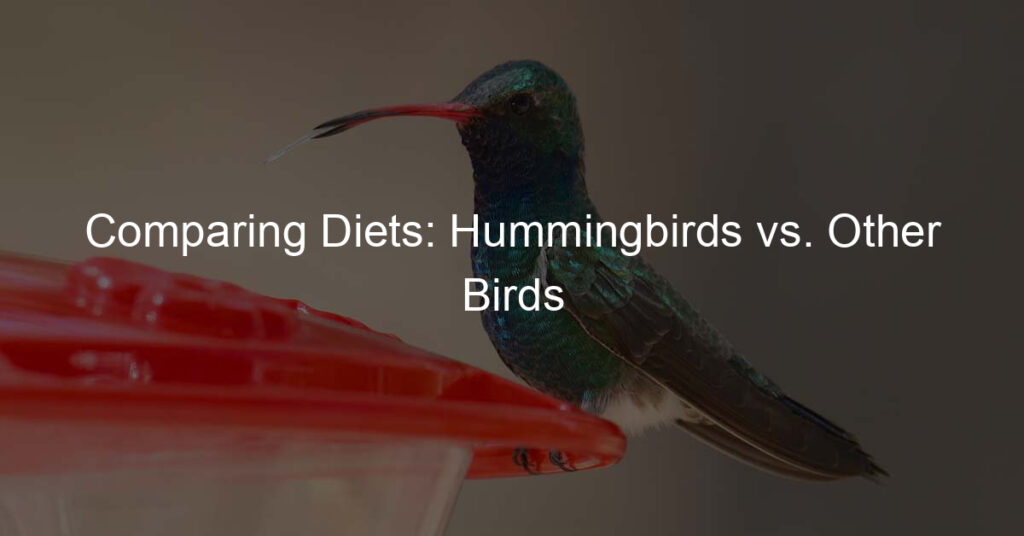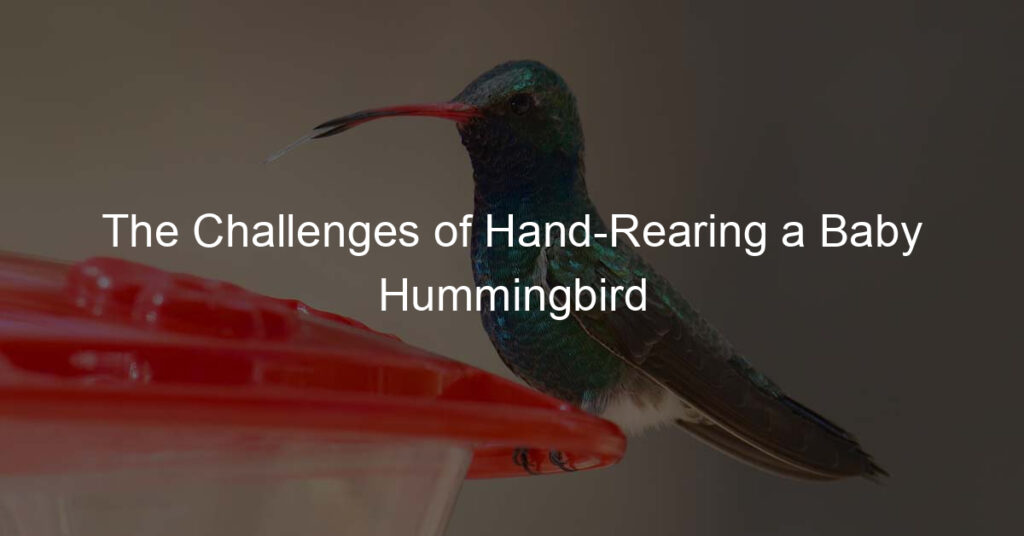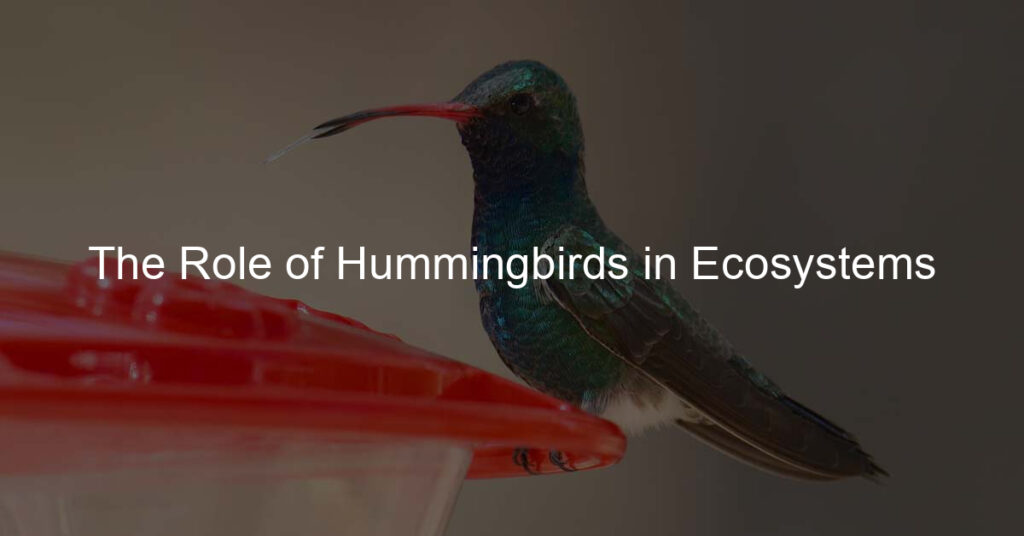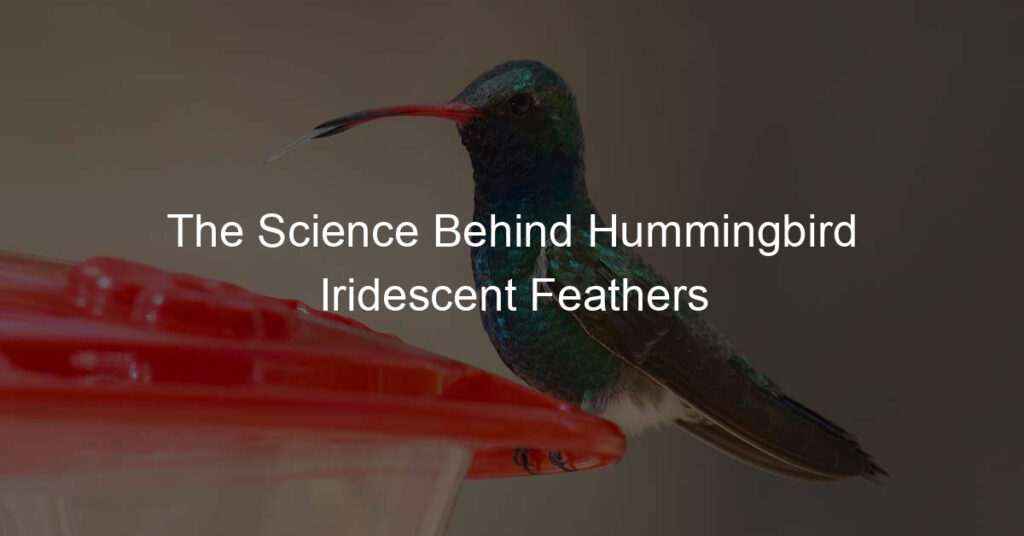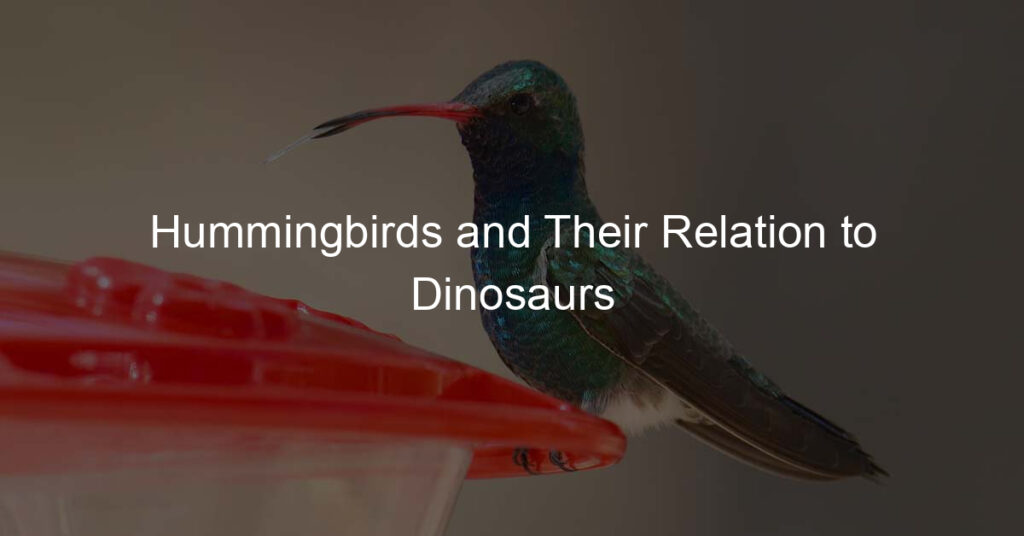Hummingbirds are a sight to behold. With their iridescent feathers and lightning-quick wings, they flit from flower to flower in search of flower nectar. But are looking for answers to ‘do hummingbirds pollinate?‘ Let’s take a closer look at hummingbird pollination and why it’s so important for our environment.
What Is Pollination?
Pollination is the transfer of pollen from one plant to another. This process helps plants reproduce by allowing them to produce seeds, fruits, and vegetables. Pollinators—including bees, butterflies, moths, beetles, and hummingbirds—play a key role in this process by transferring pollen as they travel from blossom to blossom in search of food.
Read more: Can You Put Too Much Sugar In A Hummingbird Feeder
Types of Pollinators
Pollinators come in many shapes and sizes, but they all perform the same job: they transfer pollen from one source to another. The most common type of pollinator is insects like bees, wasps, beetles, butterflies, and flies. The second type is birds that feed on nectar from flowers such as hummingbirds and sunbirds. The third type is mammals such as bats who also feed on nectar or pollen from flowers. Finally, there are wind-pollinated plants that rely solely on air currents for their pollination needs.
How Does Pollination Work?
The process begins when a bee lands on a flower in search of nectar or pollen as food sources. As it drinks up the nectar or collects pollen grains on its body, some of these particles will rub off onto other flowers that it visits later on its journey. This is how sticky pollen grains are transferred between two different flowers belonging to the same species—it’s called cross-pollination! Once these two flowers join forces, they can produce fruits and vegetables with viable seeds inside them—all thanks to the hard work of pollinators.
Read more: What To Use In A Hummingbird Feeder
Do Hummingbirds Pollinate?
Yes, hummingbirds pollinate flowers and fruits. While they aren’t as well known as their insect counterparts, hummingbird species play an important role in plant pollination. As they feed on nectar, hummingbirds collect pollen on their beaks and faces which then rub off onto the next flower they visit. This helps fertilize the flowers and encourages the growth of new plants. A hungry hummingbird is an effective pollinator and helps ensure that plants around them can thrive.
The Role Of Hummingbirds In Pollination
Hummingbirds are one of the few species of birds that feed on nectar from flowers in order to survive. This means that they are constantly moving from flower to flower while they search for food. As they move, they spread pollen from plant to plant which helps with pollination. Without the help of these tiny birds, many plants would not be able to reproduce.
Threats Facing Hummingbird Populations
Unfortunately, there are a number of threats facing hummingbird populations, including habitat loss and climate change. As habitats become smaller or disappear altogether due to human activity, hummingbirds find it more difficult to find food sources and safe places to nest. In addition, as temperatures continue to rise due to climate change, many species of plants may no longer be able to survive in certain areas which could lead to fewer food sources for hummingbirds.
What We Can Do To Help
There are several things we can do as individuals that will help protect hummingbird populations and ensure their continued success as pollinators. One simple thing you can do is create a backyard habitat that provides food sources for hummingbirds such as native flowering plants or feeders filled with sugar water.
You can also help protect existing habitats by supporting conservation efforts or volunteering your time at local parks or wildlife reserves. Finally, reducing your carbon footprint by reducing your energy consumption and driving less will help slow down the effects of climate change on our planet – including those affecting our beloved hummingbirds.
Learn more: Do Hummingbirds Like Geraniums?
Flowers Hummingbirds Pollinate
If you have ever seen a hummingbird flitting from flower to flower, you may have wondered what kind of flowers they pollinate. The answer is varied; hummingbirds use their long beaks to reach deep into various types of flowers to extract nectar. In exchange for this sugary treat, hummingbirds act as pollinators, helping many kinds of plants reproduce. Let’s take a closer look at some of the flowers that hummingbirds pollinate.
Penstemons
Also known as beardtongue, penstemons are an extremely popular plant in the hummingbird garden. These perennials come in a wide range of colors, from bright reds and purples to soft pinks and whites. Penstemons bloom in late spring or early summer, and their pencil-thin tubular flowers make them easy for hummingbirds to access. For best results, plant your penstemons in full sun or part shade.
Fuchsias
Fuchsias are beautiful flowering shrubs native to Central America and South America. They produce delicate deep blooms that resemble bells or pendulums—making them another favorite among hummingbirds! The shades vary widely, ranging from dark pink to almost white depending on the variety. Fuchsias also need plenty of sunlight, so make sure you give them ample access when planting them outside (or near a sunny window if kept indoors).
Read more: What Type Of Paint For A Hummingbird Feeder Is The Best?
Hummingbird Mint
Hummingbird mint (also known as Agastache) is aptly named; not only do these tall perennial plants produce fragrant blooms beloved by bees and butterflies, but they are also capable of attracting hummingbirds. The most common type has bright orange-red flowers with yellow tips; however, there are several varieties available in different colors. Plant your hummingbird mint in well-drained soil or containers for the best results.
Fruits Hummingbird Pollinates
In addition to flowers, hummingbirds also feed on fruit. They are particularly fond of bananas and oranges, but they can also be attracted by other juicy fruits such as apples, watermelons, strawberries, raspberries, and peaches. You can either hang these fruits near a window or place them in a shallow dish outside.
Read more: What Are Bee Guards For Hummingbird Feeders?
Conclusion
As we can see, hummingbirds are essential for plant reproduction throughout our environment. Not only do these tiny birds bring beauty to our gardens with their bright colors and fast flight but they also help ensure that all sorts of plants can flourish through their unique form of pollination. So next time you spot a hummingbird near your garden or backyard, take a moment to appreciate nature’s little helpers!
